May 15, 2025 | 17:11 GMT +7
May 15, 2025 | 17:11 GMT +7
Hotline: 0913.378.918
May 15, 2025 | 17:11 GMT +7
Hotline: 0913.378.918
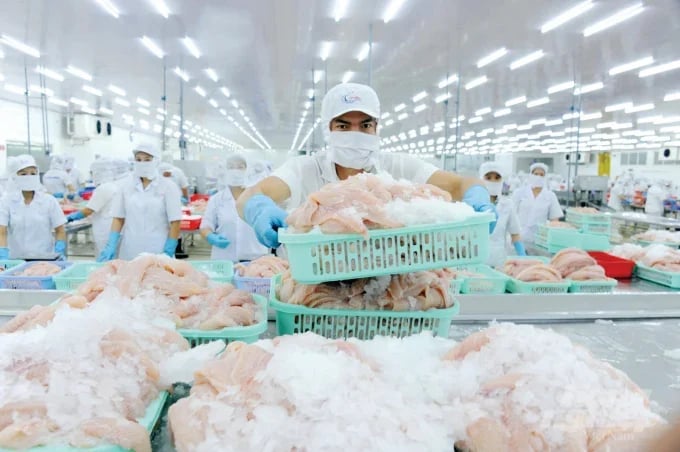
To export seafood to the United States, Vietnamese seafood must meet stringent requirements set by the importing country. Photo: Hoang Vu.
On October 31, 2019, the United States Department of Agriculture (USDA) recognized Vietnam's food safety control system for catfish (Siluriformes) as equivalent.
To comply with this requirement, the Ministry of Agriculture and Rural Development issued Decision No. 1802/QD-BNN-QLCL on August 15, 2020, concerning the “Food Safety Control Program for Siluriformes Fish Exported to the United States.” This decision outlines the conditions to be met during production and integrates the requirements of FSIS: Code of Federal Regulations (CFR) - Title 9 Animals and Animal Products, along with Circular 48/2013/TT-BNNPTNT.
Following the recognition of equivalency, the USDA continues to monitor and periodically re-inspect Vietnam's food safety control system for pangasius production and trade.
Enterprises exporting to the US market must implement the Hazard Analysis and Critical Control Point (HACCP) system and obtain certification through audits conducted by the importer. Additionally, exporting enterprises must register and update their information with the FDA every two years, between October and December of even-numbered years.
Moreover, the United States enforces the Seafood Import Monitoring Program (SIMP) administered by the National Oceanic and Atmospheric Administration (NOAA). Under this program, importers must declare information about the imported seafood species (by product type) from harvesting, preliminary processing, and transportation stages using NOAA's designated forms.
Section 609 of US Public Law 101-162 mandates that all imported shrimp and shrimp products be accompanied by an Importer/Exporter Declaration (Form DS-2031) to protect sea turtles. Currently, businesses can only declare and be certified by the Regional Center of the Department of Quality, Processing and Market Development for farmed shrimp if they provide complete origin documentation.
Domestic enterprises wishing to export whole shrimp to Australia must ensure that the shrimp originate from areas recognized by Australia as disease-free, following assessment in Vietnam. The Australian market requires that enterprises maintain disease safety throughout the entire supply chain, including feed factories, hatcheries, commercial farms, and processing and export facilities.
Once recognized by Australia, each shipment of shrimp must be accompanied by a certificate issued by a competent Vietnamese authority, certifying that the shrimp are free from white spot syndrome virus (WSSV), yellow head virus (YHV1), Taura syndrome virus (TSV), enterococcal hemospora (EHP), and black spot disease (NHPB).
It is important to note that Australian regulatory authorities consider marinated and breaded shrimp products, which may be washed and converted into fresh shrimp or used as bait or feed for aquatic animals, as uncooked products. Consequently, these products are subject to disease testing, unlike deeply processed uncooked products, which are not subject to such testing.
Starting from October 30, 2023, a new certificate form will be required for shipments of shrimp and shrimp products from Vietnam exported to Australia, as specified in Official Dispatch No. 7644/BNN-CCPT issued by the Ministry of Agriculture and Rural Development.
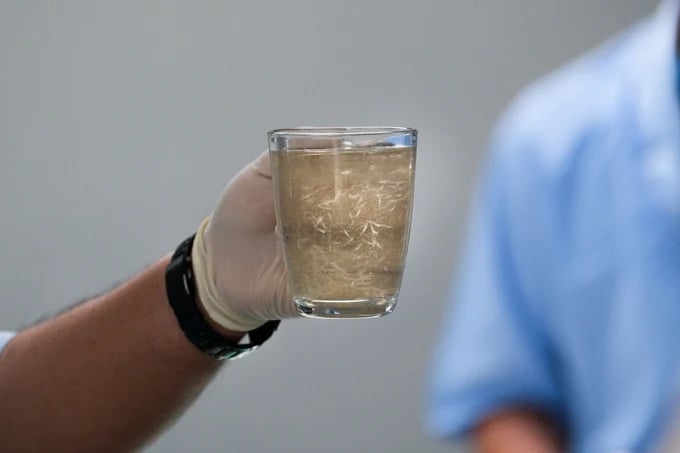
The Australian market requires businesses to ensure disease safety throughout the entire chain from feed factories, hatcheries, and commercial farms to processing and export facilities. Photo: Quynh Chi.
In New Zealand, the Ministry of Primary Industries has issued New Zealand's Import Health Standard: Aquatic Animal Products (AQUAPROD.GEN IHS). According to this standard, aquatic animal products imported into New Zealand must comply with the regulations outlined in the standard and be certified by the competent Vietnamese authority using the agreed certificate form.
From July 15, 2023, a new certificate form will be required for seafood shipments exported to the New Zealand market, in accordance with Circular 48/2013/TT-BNNPTNT and Circular 32/2022/TT-BNNPTNT, as detailed in Official Dispatch No. 4228/BNN-CCPT issued by the Ministry of Agriculture and Rural Development.
In South Korea, the National Fisheries Products Quality Management Service (NFQS) and the Ministry of Food and Drug Safety (MFDS) are responsible for regulating fisheries facilities. The NFQS oversees facilities that do not use additives, while the MFDS regulates those that do. Notably, the MFDS only approves facilities ranked 1 to export seasoned dried beef without requiring direct inspection.
The NFQS has the authority to suspend the import of aquatic products if they are found to be within the general harmful group, which includes total microorganisms and restricted antibiotics. For products in the special harmful group, such as banned antibiotics and pathogenic microorganisms, NFQS will suspend the import of all products from the affected establishment.
Additionally, the NFQS prescribes specific heat treatment regimes for cooked shrimp, meaning that cooked shrimp exported to South Korea do not need to undergo disease testing. However, aquatic products must be quarantined for certain disease indicators.
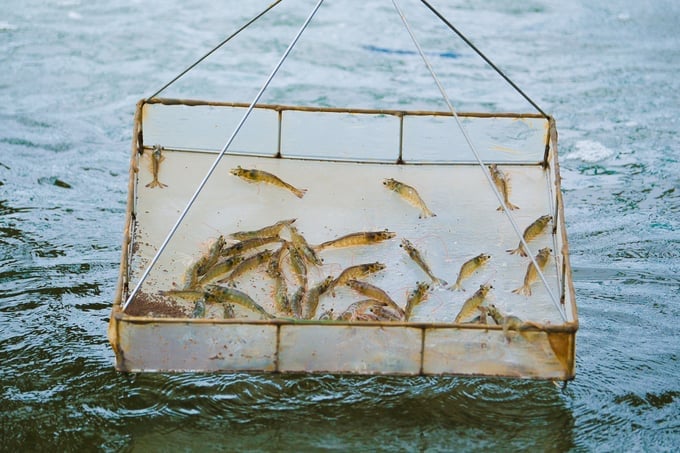
South Korea has strict regulations on imported commercial shrimp. Photo: Quynh Chi.
Starting January 4, 2021, South Korea began quarantine measures for disease indicators such as acute hepatopancreatic necrosis disease (AHPND) and bacterial hepatopancreatic necrosis disease (NHP) in whiteleg shrimp, as well as Salmonid alphavirus (SAV) in some species of imported live salmon and flounder.
From August 1, 2021, South Korea extended quarantine measures to include Tilapia lake virus (TiLV) for certain species of tilapia and giant freshwater fish, and Decapod iridescent virus 1 (DIV1) for some species of black tiger shrimp, whiteleg shrimp, and giant freshwater prawn, whether imported live, chilled, or frozen.
The Ministry of Agriculture and Rural Development issued Decision No. 2959/QD-BNN-QLCL on July 6, 2021, which supplements disease indicators listed in Decision No. 1701/QD-BNN-QLCL dated May 14, 2019. This amendment took effect from August 1, 2021.
Japan has a very strict food safety inspection and supervision system for imported seafood shipments. This system includes three types of inspection: regular, surveillance, and strict.
Regular inspections involve importers registering for random sampling. Surveillance inspections increase sampling frequency for businesses with violating shipments. Tightened inspections are performed in 100% of businesses with a high history of violations.
Japan is conducting 100% inspection of shipments for a number of specific indicators: Chloramphenicol in squid and catfish; Furazolidone, Enrofloxacin, and Sulfadiazine in shrimp products. For shipments of frogs and frog products imported from Vietnam, Japan inspects 30% of the Furazolidone (AOZ) indicator.
In addition, to prevent illegal, unreported and unregulated (IUU) fishing products from being imported into Japan, the IUU regulation will be applied from December 1, 2022. Applicable subjects include squid, cuttlefish, Pacific saury (Cololabis spp.), Mackerel (Scomber spp.), and Sardine (Sardine, Sardinops spp.).
The National Authority for Agro-Forestry-Fishery Quality Processing and Market updates and posts on its website the regulations of import markets such as the EU, South Korea, China, Japan, the United States, and New Zealand.
Translated by Quynh Chi
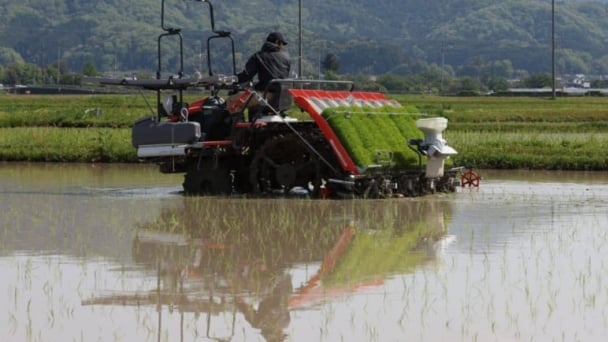
(VAN) Japan's efforts to lower the price of rice through the release of its stockpile may finally be making some progress, albeit at a snail's pace.

(VAN) U.S. tariffs are not only a 'shock', but also an opportunity for Vietnamese businesses to renew their mindset toward comprehensive development.
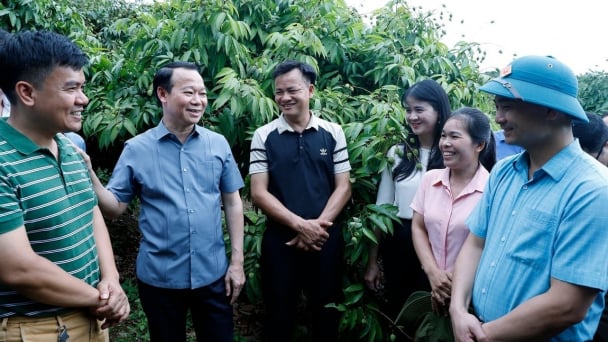
(VAN) As Bac Giang lychee enters the harvest season, Minister Do Duc Duy expects that the fruit will contribute greatly to agricultural exports due to standardized production and deep processing.
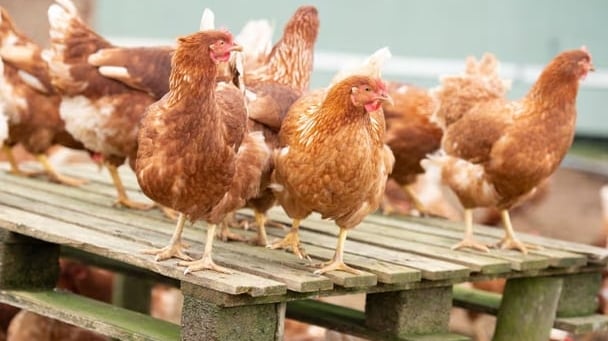
(VAN) Consumers have shown a preference for free-range eggs, but those farming systems are more vulnerable to biosecurity risks like bird flu.
/2025/05/09/5701-1-184335_301.jpg)
(VAN) Vietnam’s eel exports nearly doubled thanks to a mud-free farming model, opening up new prospects while still facing numerous barriers related to international standards.

(VAN) Minister Do Duc Duy warned that if production is not professionalized and supply chains are not transparent, the U.S. market could become a growth bottleneck.
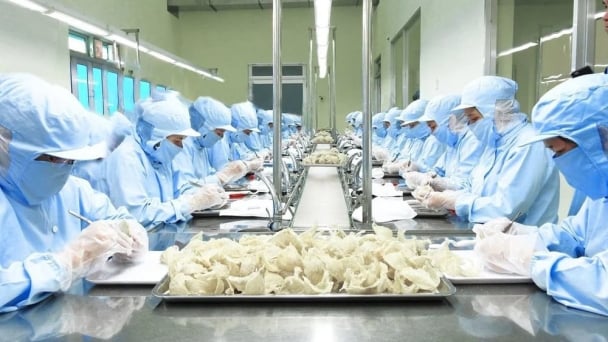
(VAN) Delegating surveillance responsibilities to local authorities is a cost-saving and efficiency-boosting measure that removes a key bottleneck for enterprises, according to Director General Duong Tat Thang.